Oil Tank Installation in Flood-Prone Areas: Key Insights
Installing an oil tank in a flood-prone area requires careful planning to protect the environment, ensure compliance with UK regulations and maintain long-term safety. In this guide, we explore essential considerations such as raised plinths, anchoring, bunding, fire safety and regulatory guidance from trusted organisations like the Environment Agency and OFTEC.
Understanding Flood Risks
A flood-risk area is any location where there is a significant chance of flooding from rivers, surface water or heavy rainfall. Before installing an oil tank:
-
Check your property’s flood status using the Environment Agency’s flood risk map
-
Review past flood events, local ground levels and proximity to water sources.
Understanding the risk level helps you choose the safest site for installation and plan appropriate protections.
Raised Plinths: Essential Flood Protection
In flood-prone areas, installing your oil tank on a raised plinth is one of the most effective ways to prevent water damage. Elevation keeps the tank above expected flood levels, protecting it from water ingress, corrosion and movement.
Key advice:
-
Use durable, water-resistant materials like reinforced concrete.
-
Follow OFTEC guidance for minimum plinth height and width.
-
Inspect regularly for cracks, settlement or structural wear.
Anchoring Oil Tanks in Flood Zones
Without anchoring, oil tanks can float, shift or detach when floodwater rises — leading to leaks, pipework damage or pollution.
To anchor safely:
-
Use OFTEC-approved anchoring kits suitable for your tank type.
-
Secure tanks to the plinth with appropriate metal straps or foundation bolts.
-
Inspect anchor points as part of routine maintenance.
Ensuring Bund Integrity
A bund (secondary containment area) is designed to catch oil if a leak or overflow occurs. In flood zones, maintaining bund strength is critical to avoid environmental damage.
Bund maintenance tips:
-
Inspect regularly for cracks, corrosion or pooled water.
-
Clear debris and ensure drainage valves are functional.
-
Make sure the bund can hold at least 110% of the tank’s total volume, as required by UK regulations.
For official environmental guidance on oil storage in flood-risk areas, see:
Guidance for Pollution Prevention – GPP2 (NetRegs)
https://www.netregs.org.uk/media/1890/guidance-for-pollution-prevention-2-2022-update.pdf
Fire and Environmental Safety
Flooding can increase fire hazards and make emergency response more difficult. To ensure safety:
-
Fit leak detection alarms or remote monitoring systems.
-
Keep emergency signage visible and access routes clear.
-
Follow UK regulations under the Control of Pollution (Oil Storage) Regulations and building standards:
https://www.gov.uk/oil-storage-regulations-and-safety
More Resources
Planning a replacement or relocation? Read our guide to:
How to Replace and Site a New Heating Oil Tank
https://www.oiltanksupermarket.co.uk/how-to-replace-and-site-a-new-heating-oil-tank-a-homeowners-essential-guide/
Unsure about capacity? See:
What Size of Oil Tank Do I Need for My Home?
https://www.oiltanksupermarket.co.uk/what-size-of-oil-tank-do-i-need-for-my-home/
Conclusion
Installing an oil tank in a flood-prone area isn’t just about choosing the right tank — it involves correct elevation, secure anchoring, a compliant bund, and adherence to UK environmental and safety regulations. By following guidance from the Environment Agency, OFTEC and NetRegs, you protect your property, avoid pollution and ensure long-term safety.
Good preparation means fewer risks, better performance and peace of mind for years to come.
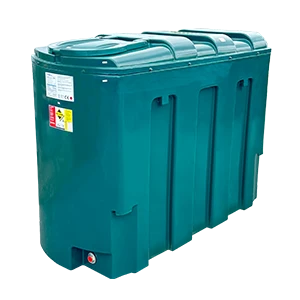

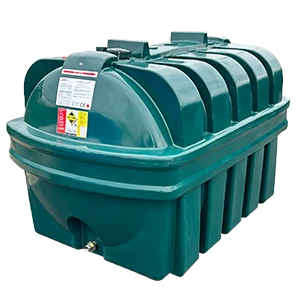
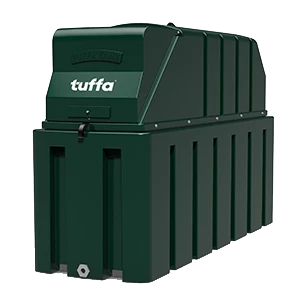
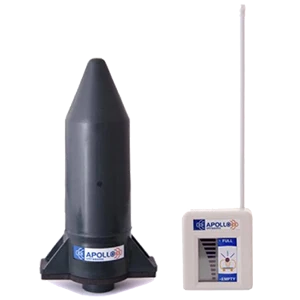
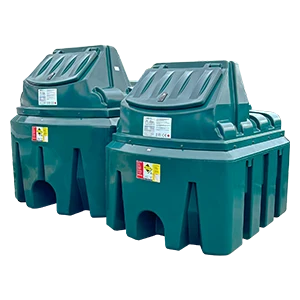
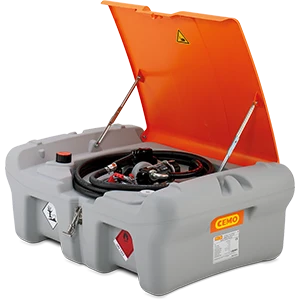
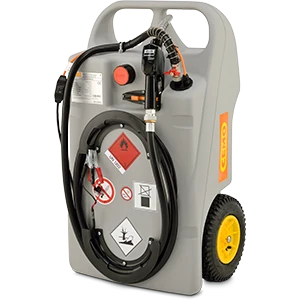
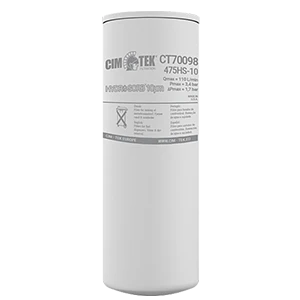
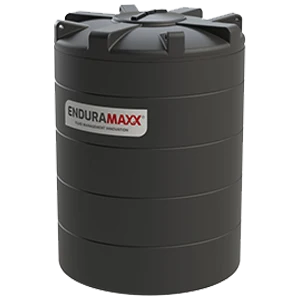
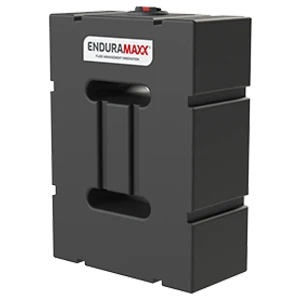
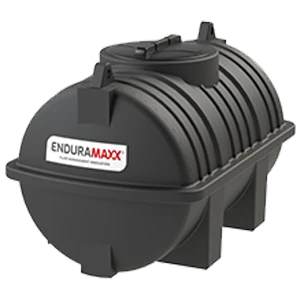
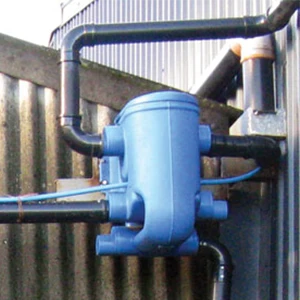
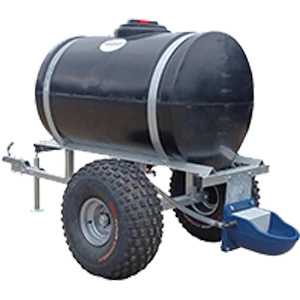
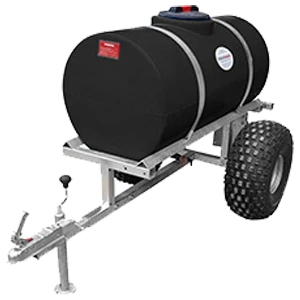

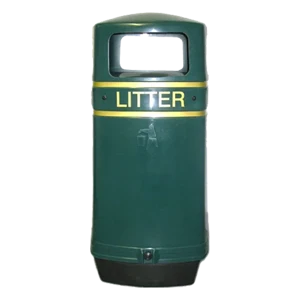
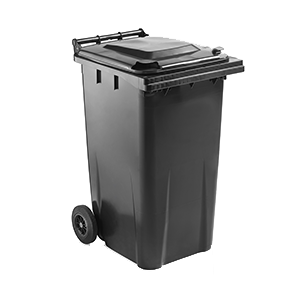

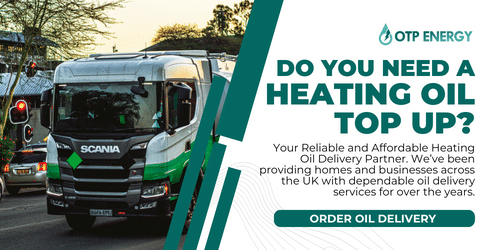
Share This: